SparseCodeMultipleAccess-Towards MassiveConnectivityandLowLatency 5GCommunications*
LeiWang CentralResearchInstitute,HuaweiTechnologiesCo.,Ltd.,ShanghaiXiuqiangXu CentralResearchInstitute,HuaweiTechnologiesCo.,Ltd.,ShanghaiYiqunWu CentralResearchInstitute,HuaweiTechnologiesCo.,Ltd.,ShanghaiShuangshuangXing CentralResearchInstitute,HuaweiTechnologiesCo.,Ltd.,ShanghaiYanChen CentralResearchInstitute,HuaweiTechnologiesCo.,Ltd.,Shanghai
SparseCodeMultipleAccess-Towards MassiveConnectivityandLowLatency 5GCommunications*
LeiWang CentralResearchInstitute,HuaweiTechnologiesCo.,Ltd.,Shanghai
XiuqiangXu CentralResearchInstitute,HuaweiTechnologiesCo.,Ltd.,Shanghai
YiqunWu CentralResearchInstitute,HuaweiTechnologiesCo.,Ltd.,Shanghai
ShuangshuangXing CentralResearchInstitute,HuaweiTechnologiesCo.,Ltd.,Shanghai
YanChen CentralResearchInstitute,HuaweiTechnologiesCo.,Ltd.,Shanghai
Sparsecodemultipleaccess(SCMA)isanovelnon-orthogonalmultipleaccesstechnologyconsidered asakeycomponentin5Gairinterfacedesign.InSCMA,theincomingbitsaredirectlymappedtomulti-dimensional constellation vectors known as SCMA codewords,which are then mapped onto blocks of physical resource elements in a sparse manner.The number of codewords that can be non-orthogonally multiplexed in each SCMA blockismuchlargerthanthenumberofresourceelementstherein,sothesystemisoverloadedandcansupportlarger number of users.The joint optimization of multi-dimensional modulation and low density spreading in SCMA codebookdesignensurestheSCMAreceivertorecoverthecodedbitswithhighreliabilityandlowcomplexity.The flexibilityindesignandtherobustnessinperformancefurtherproveSCMAtobeapromisingtechnologytomeet the5Gcommunicationdemandssuchasmassiveconnectivityandlowlatencytransmissions.
5G,non-orthogonal multiple access,sparse code multiple access(SCMA),message passing algorithm(MPA),massiveconnectivity,lowlatency,highreliability
1 Introduction
The wireless network today has fundamentally changed the way people communicate and exchange information.Anywhere,anytime communications is not dream but reality.It is not hard to imagine that in the near future, wireless access may become the universally used entrance for people to access Internet.5G,the next generation of wireless communications,is expected to connect not only peopletopeople,butalsopeopletomachine,andevenmachine to machine,with fiber like quality and zero-distance userexperience.Comparedwiththe4Gnetworksbeingdeployed today,this disruptive vision for 5G actually demands:
●Large capacity:1000 times more network capacity and100timeshigherratetosupportextremespeedandvirtualrealitytypesofnewservices;
●Massive connectivity:100 times more connections to handle hot spots with very dense population and more challengingly,the widely deployed sensors or intelligent controllersentirelynewbusinessessuchassmartcity,smart buildings,andsmartcars,etc.;
●Lowlatencyandhighreliability:1milliseconduser plane delay and approaching 99.999%accuracy to support real time services such as augmented reality for the next generation mobile internet,or the precise control signals in extreme delay-sensitive applications such as auto-driving andremotesurgery.
Althoughsuchperformancetargetsmaynotneedtobe met simultaneously,they form the basis for the Gbits/s era userexperience,anddefinitelybringnewdesignchallenges forthe5Gradioaccessnetworks,especiallyforthemultiple access schemes.From 2G to 4G,multiple access schemes are all orthogonal,meaning the radio resources for each userareseparatedatleastinonedomain,e.g,time,frequency,code sequence,or two-dimension time and frequency lattice.The advantage of orthogonal multiple access schemes is simple,only single user detection and equalization are needed at the receiver.However,the number of users could be supported is strictly limited by the orthogonal resource units.Non-orthogonal multiple access is thus being proposed aiming to pack more users into the same amount of resource units.One big challenge lies in the requirement of designing spectrum efficient overloading and low complexity joint multi-user detection algorithms such that the overloaded system can work with minimized impact from inter-user interference under affordable hardware complexity.On top of this,the scheme design should alsobecapableofhandlingthedisruptivedemandsfromthe 5G radio access as mentioned above,i.e.,scalable for massiveconnectivitywithlargefluctuationinnumbers,flexible enough to accommodate varied packet sizes ranging from Mega bits to several bytes,and supportive for ultra low latencytrafficswithhighreliability.
Sparsecodemultipleaccess(SCMA)[4-10]isrecentlyproposedasapromisingcandidatethatmatchestheprevious requirements.In this paper,we will first introduce the basic SCMAtransceiver design in section 2 to show how it works and then in section 3 extend its design to combine with spatial diversity or multiplexing in multiple antennas scenarios.WewillfurtherelaborateonhowSCMAiscapableofmeetingthe5Gdemandsofmassiveconnectivityand lowlatencybuthighreliabilitytransmissioninsection4.Finally,section5concludesthewholepaper.

Figure1 Blockdiagramofanuplinkmulti-userSCMAsystem
2 Sparsecodemultipleaccess
2.1 Systemarchitecture
Figure1depictedtheblockdiagramofanuplinkmultiuser SCMA system.At the transmitter side,for each user equipment(UE),the information bits after channel coding are then fed to the SCMA encoder which maps the coded bits to SCMAcodewords.An SCMAcodeword is a multidimensionalconstellationvector,whichisthenmappedontothephysicalresourceelementsofamulti-carriersystem. HereweconsiderOFDMasthebasicwaveformsothebasic unit of the physical resource elements is consisted by one OFDMsymbolandonesubcarrier,knownasanREinLTE. Going through the channel,at the base station side,due to the non-orthogonal nature of SCMAthat will be explained later,there can be more than one OFDM symbols on eachRE.The number of how many symbols superposition together depends on the overloading factor.At the receiver side,forthebasestation(BS),thedemodulatedsignalsafter FFTare fed into SCMAdecoder for multi-user joint detection,the output of which is then going through channel decodertorecovertheinformationbits.Tofurtherimprove the performance of the receiver,it is beneficial to feedback the output from the channel decoder to the input of the SCMAdecoder,knownasaturboSCMAdecoderstructure, alsoknownasouter-loopiteration.
NotethatthesystemarchitectureofSCMAissimilarto the LTE system except for the SCMAencoder at the transmittersideandtheSCMAdecoderatthereceiverside.Soit iseasytobeimplementedasanextensionofthecurrentLTE system.In the following,we shall elaborate on how these twokeymoduleswork.

Figure2 IIustrativesketchofSCMAcodebooks,andtheSCMAencoderprocedure
2.2 SCMAencoder
SCMA codebook design is the key to ensure good performance and flexibility of the whole SCMA system. Once having the codebook at hand,SCMA encoder does only one simple job,selecting the SCMA codeword from theSCMAcodebookandmapittothephysicalresourceelements.The input for the selection is a block of coded bits, thelengthofwhichdependsonthenumberofcodewordsin thecodebook.
An example of SCMAencoder is presented in Figure 2.ForeachSCMAblock,thereareJ=6codebooksstoredat 6users,eachusedforonedatalayertransmission.Eachcodebook is of size K-by-M,where each row represents one physicalREandeachcolumnstandsforacodeword.Inthis example,K=4 and M=4,meaningevery log2M=2 bits from eachdataaremappedtoaresourceblockoflengthK=4.So in total J=6 data layers are spread and mapped to K=4 REs, resultinginJ/K=6/4=150%overloading.Notethatthereis only N=2 non-zero elements in each codeword,meaning the spreading is done in a low density way.The set of J SCMAcodebooks for one SCMAblock can also be represented by Tanner graph[11],taking each RE as a function node(FN)andeachdatalayerasavariablenode(VN).The degree of FN,defined as the number of connected(neighboring)VNs for each FN,and the degree ofVN,defined as the number of connected(neighboring)FNs for each VN, aretwousefulparameterstodesignthestructureofthecodebook and will greatly impact the complexity in decoding. The important parameters used to characterize the SCMA codebooksaresummarizedinTable1.
IneachSCMAcodeword,thenon-zeroelementscontain the constellation point to be mapped onto the corre-sponding RE.For each data layer,the constellation lattice onthetwoREsaredependentanddesignedunderthemultidimensional modulation principles to maximize the average distance between the constellation points.The maximumnumberofconstellationpointsisthesameasthenumber of codewords,i.e.,M.However,since the decoding complexitydependsonM,themulti-dimensionalconstellations can be set in a way such that on each dimension(each RE),there are less than M projected constellation points. Pleasereferto[5]fordetailsoftheSCMAcodebookdesign.
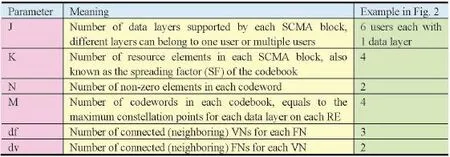
Table1 KeyparametrsforSCMAcodebookcharacterization
2.3 SCMAdecoder
Asmentionedabove,foranon-orthogonalsystemlike SCMA,there are more than one OFDM symbols on each RE,so joint multi-user detection algorithms are needed.In general,themaximumaposteriorprobability(MAP)detectiongivesthebestperformance,buthasverylargecomplexity.Inthecasethatthecodewordsaresentwithequalprobability,theMAPdetectionequalstothemaximumlikelihood (ML)detection.Further,due to the sparsity of the SCMA codeword structure,message passing algorithm(MPA) withmuchlowercomplexitycanbeadoptedtoachievenear MLperformance.SimilarideahasbeenexploitedinthedecoderdesignforLDPCcodes[11].
The MPAalgorithm is performed on the tanner graph constructedbythespecificcodebook.EveryFN(representingRE)andVN(representingdatalayer)whichisconnectedinthetannergraphmakesaFN-VNpair.MPAstartswith the initial conditional probability calculation at each FN. ReceivedsignaloneachRE,channelestimationoneachRE from each user,as well as the noise estimation on each RE are all needed as input in this step.Then it enters message passing iterations between FNs and VNs along the edges. Foreachiteration,therearetwosteps,knownasFNupdate and VN update,respectively,which is done independently for each FN-VN pair.After enough iterations,log likelihood ratio(LLR)for the coded bits are calculated based on thecodewordprobabilityandoutputattheVNandserveas theinputtotheturbodecoderthereafter.Figure3showsthe basicstructureofanMPAdetector.
Considering the 6-by-4 SCMAcodebook introduced above,the workflow in each FN and VN update for one FN-VNpairisshowninFigure4.
Step1:FNupdate
ForeachFN-VNpair,thefunctionnodegatherstheinformation from the channel input from outside of the MPA block and from all of the other variable nodes which it is connected with.Based on these information,the FN then updatesthevectorofprobabilitiesforeachcodewordatthe VNnodeontheotherendoftheFN-VNpair.Thisvectoris thenpassedthroughtheedgeastheinputfortheVNupdate instep2.AllFN-VNpairscanbeupdatedinparallel.
Step2:VNupdate
SimilartotheFNupdate,foreachFN-VNpair,theVN firstgatherstheinformationfromalltheotherFNsthatitis connected with and also a prior probability information for each codeword.Based on these information,the VN then updates the vector of probabilities for each codeword and passesthevectorthroughtheedgetoFNastheinputfortheFNupdateinstep1.AllFN-VNpairscanbeupdatedinparallel.
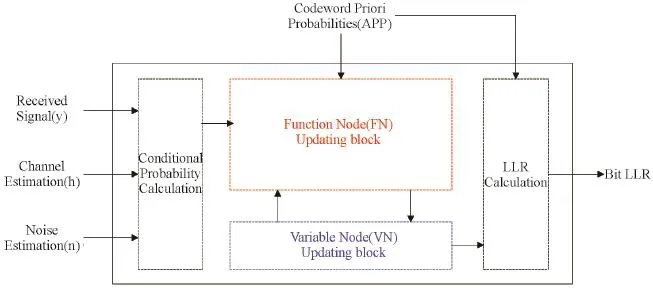
Figure3 ThebasicstructureofanMPAdetector
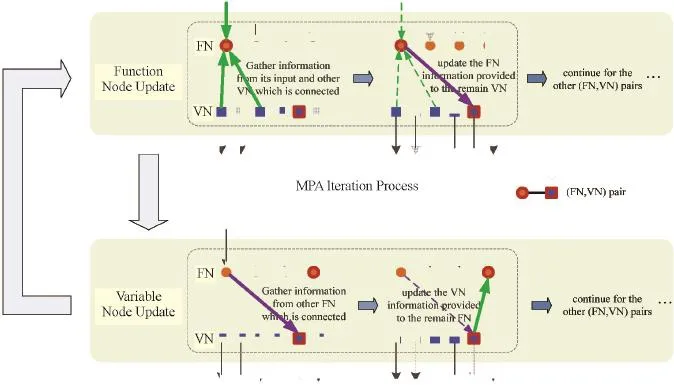
Figure4 TheprocessofMPAiteration
3 SCMAwithmultipleAntennas
To further improve the spectral efficiency and robustness,SCMAcanbecombinedwithMIMOtechniques.The MIMO techniques can be spatial diversity or spatial multiplexing schemes,as shown in Fig.4(a)and Fig.4(b).As bothspacedomainandcodedomainareexploited,thecomplexity increases.To limit the complexity,we can do separatedetectionforMIMOandSCMArespectively.Inparticular,thespatialstreamsaredetectedfirstbyMIMOdetector and then SCMA layers of each spatial stream are then detectedinseparationwiththeMPAalgorithm.
The performance of SCMAcombined with MIMO is given in Figure 5,using the 6-by-4 SCMAcodebook as an
example.Thenumberofcodewords(equivalentlythemodulationsize)is4.Thebandwidthis0.72M,correspondingto 4resourceblocksintheLTEformat.Differentantennaconfigurationsareconsideredandthethroughputforspatialdiversity and spatial multiplexing on top of SCMAare simulated.The blue bar is the throughput of one LTE subframe for SCMA with single antenna.The green bars are the throughputforSCMAwithspacediversitytechniques,and the orange bars are the throughput for SCMA with space multiplexing techniques.The results show MIMO techniques can easily combined with SCMA,and can improve the performance significantly as in the traditionalOFDMA systems.
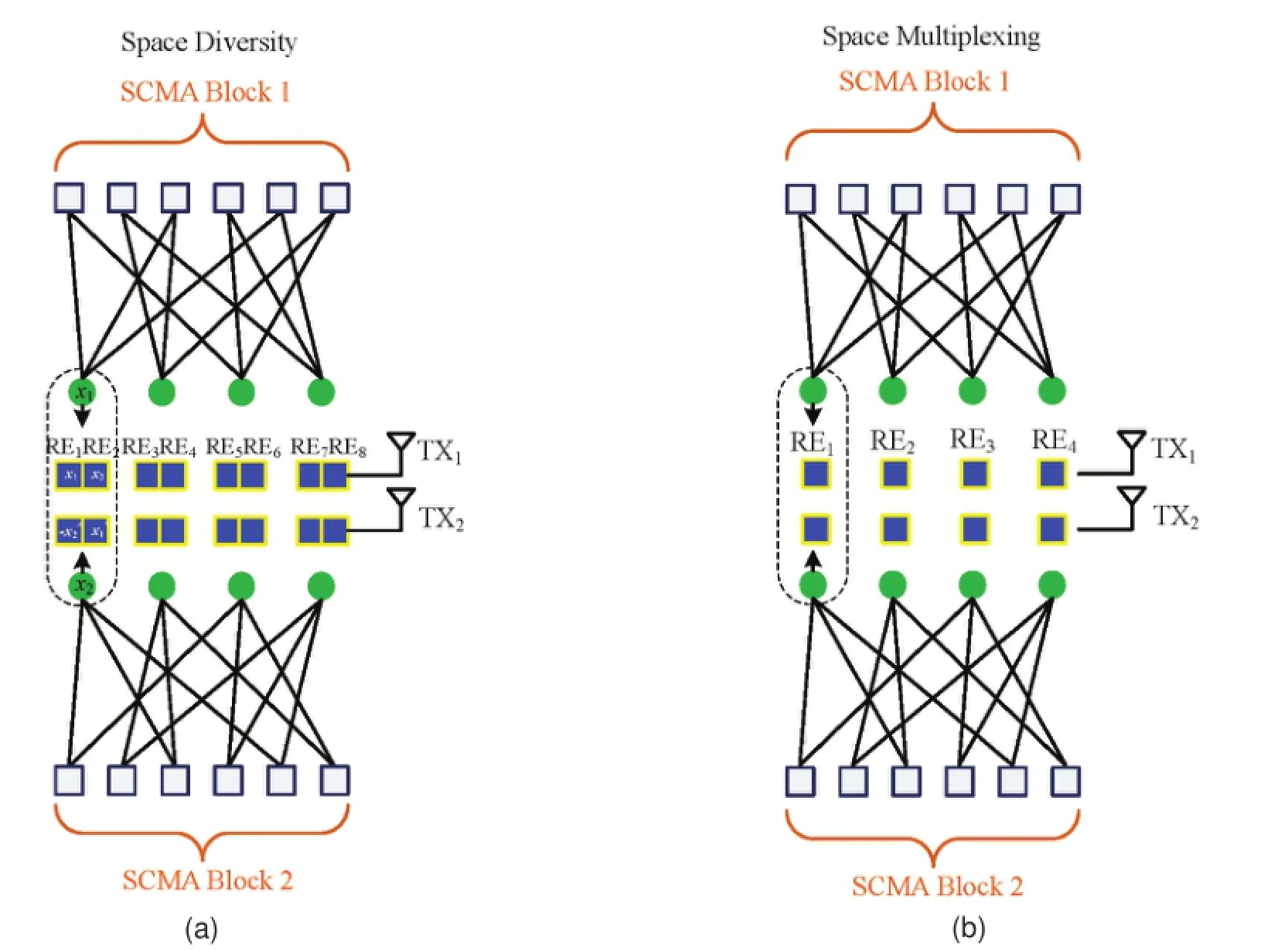
Figure5 TheschemeofSCMAwithmultiple
4 Applicationsandbenefits
Asanoverloadedsystem,SCMAcansupportmoresimultaneous connections,which is suitable for the massive connectivity scenarios,such as hot spot stations,shopping malls,and stadiums,as well as machine types of connections.Furthermore,SCMAisabletodetectthedataanduser activitytogether,andistolerantofcodebookcollision(differentusersusingthesamecodebook),itthuscanbeapplied in the scenarios with requirements of low-latency and high reliability.
4.1 SCMAfor massiveconnectivity
One important feature of SCMA is overloading.DefinetheoverloadingfactorastheratioofthenumberofUEs/ datalayersoverthenumberofresources,whichcanalsobe calculated as the ratio of number of VNs over number of FNs.The overloading factor of the current system is no morethan100%,whiletheSCMAcanperformmuchbetter. TheoverloadingperformanceofSCMAisevaluatedbysophisticated link-level simulations.We assume the fading channel is urban-macro,user moving speed is 3 km/h,and channel estimation is perfect.Figure 7(a)shows the BLER curvesofSCMAwiththeoverloadingfactor100%,150%, 200%,and 300%,respectively,and also the 4G LTE OFDMAas baseline.Each UE has the same maximum throughput for all the scenarios.It can be observed that when the overloading factor increases,there is little loss for SCMAand the performance with large overloading can still approach the non-overloading case(100%).This means the inter-userinterferencehasnotmuchinfluenceontheperformance.Over the reasonable SNR regime,SCMAperforms better than OFDM,and the maximum network throughput canbepromotedby300%,asshowninFigure7(b).
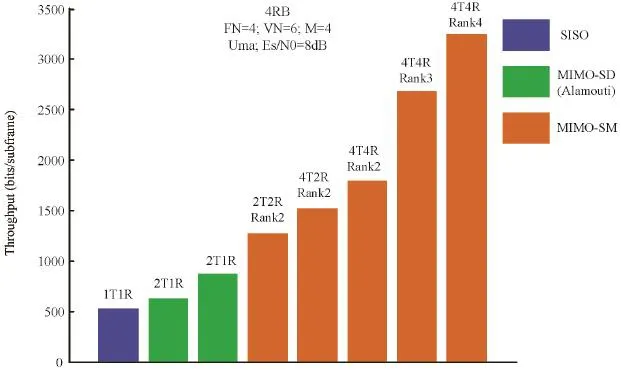
Figure6 ThethroughputofSCMAcombinedwithMIMOforspacediversityandspacemultiplexing
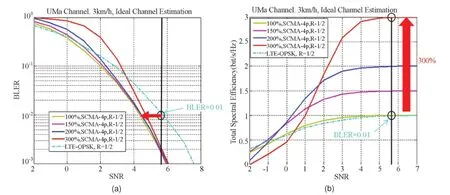
Figure7 TheperfomanceofuplinkSCMAwithhighoverloadingfactor
Actually,300%overloading is by no means the limit of SCMA.Currently,the applied detection algorithm is message passing algorithm,the complexity of which is to theexponentialoftheoverloadingfactor.Ifthecomplexity issue can be solved,the overloading factor can be much higher.Figure8(a)showsthemaximumoverloadingfactor increasing as the function of the spreading factor(equal to the number of FN),keeping the non-zero elements after spreadingtobefixedtotwo(dv=2).Figure8(b)isthecorrespondingsignaturematrixforthenumberofspreadingfac-toris4,6and10,respectively.Forexamples,toanextreme end,whenthespreadingfactorisaslargeas21,therecanbe 210(selecting 2 out of 21)variable nodes at most,and the overloadingfactorcanbeashighas1000%.
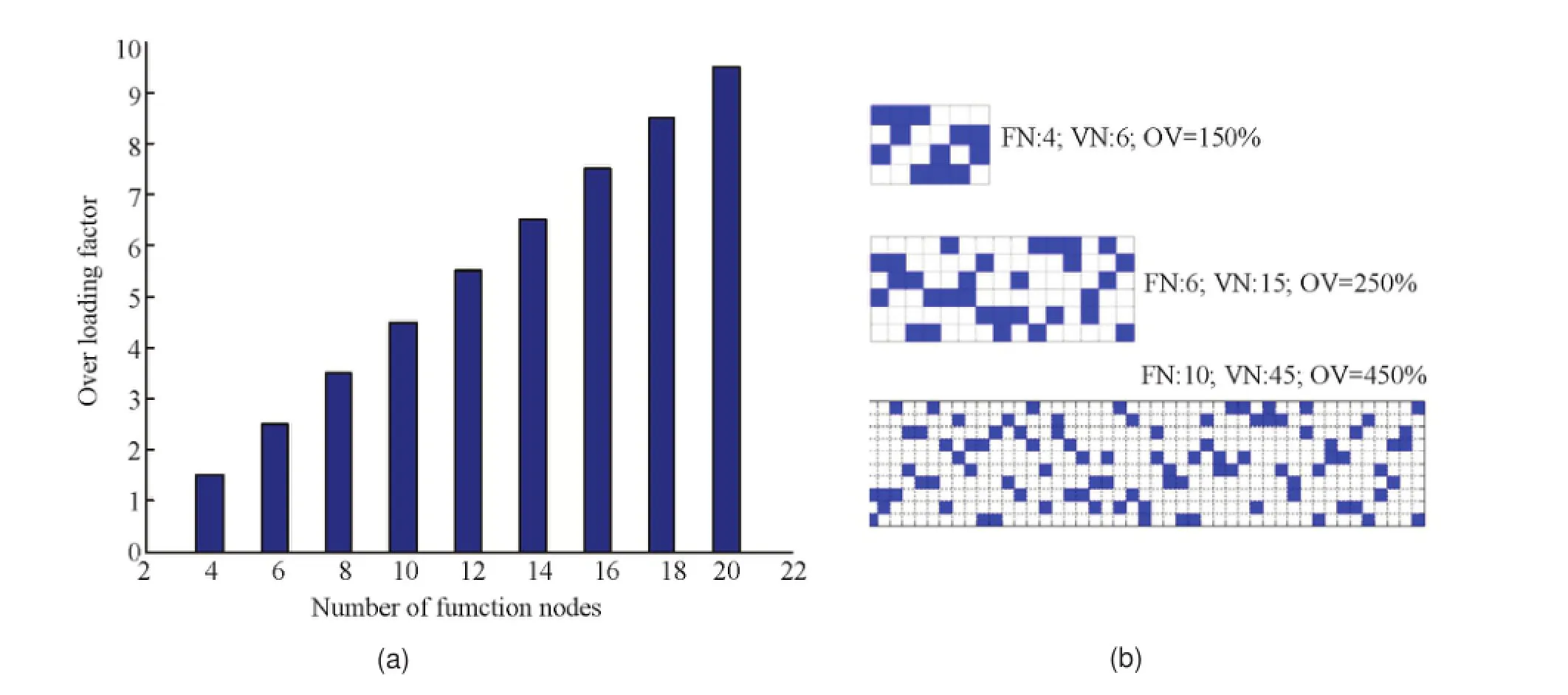
Figure8 Themaximumoverloadingfactorincreaseswiththespreadingfactor
4.2 SCMAfor low latencyand highreliability
In LTE,all available resources used for uplink transmission are scheduled by the BS.When a UE has data to send,theUEshouldinformtheBSfirstandtelltheBSabout the size of the data.Then the BS will schedule proper resources for uplink transmission.After uplink synchronization,with the granted access procedure in LTE,it takes about 15.5 ms before the actual data is transmitted,as showninFigure9.Forsporadicmachinetypecommunications(MTC),the packet size is usually very small and the batterytimeisverylimited.Thelongdelayandlargesignalingoverheadintheschedulingbasedgrantedaccessisway too expensive for the low cost MTC equipments to afford. In light of this,contention based grant-free access is proposed to substantially reduce the delay by removing the “asking-for-grant”procedureandletusersdecidethetransmission resource to use and enjoy“arrive-and-go”type of service.It is thus very demanding for the multiple access schemedesigntosupportthejointdetectionofdataanduser activity states with high reliability,while being tolerant for multi-user collisions.Luckily enough,the blind detection capability of SCMAas well as the collision tolerant nature of the SCMAcodebook design,all proves it to be a perfect matchforsuchrequirement.
In particular,in the SCMAenabled grant-free access, users transmits data in pre-configured resources that comprise of time,frequency,codebooks and pilots without the dynamicrequest/grantprocedure.Thesizeoftheresources, sizeoftheUEgroupsthatsharetheresourcesandtransmissionparameterscanbedynamicallychangedbasedontraffic loading and collision rates.Treating the non-active status as a special constellation point located at the origin,the MPAdetectorcanbeeasilyextendedtohaveblinddetection capability without dynamic signaling overhead[9].Since the users select the codebook to use on their own,there is highprobabilitytohavecodebookcollision.Thegoodnews is,even if the codebooks collide,SCMAcan still detect the data with marginal performance loss.One example is shown in Figure 10.Specially,two different scenarios are depicted in Figure 10(a).The upper one has no codebook collision,and the lower one has codebook collision,i.e., UE1 and UE2 use the same codebook.Figure 10(b)presentstheBLERperformanceofthetwoscenarios.Thesimulation results show that the performance loss due to codebookcollisionislessthan0.5dB,whichisaffordableforthe realsystem.
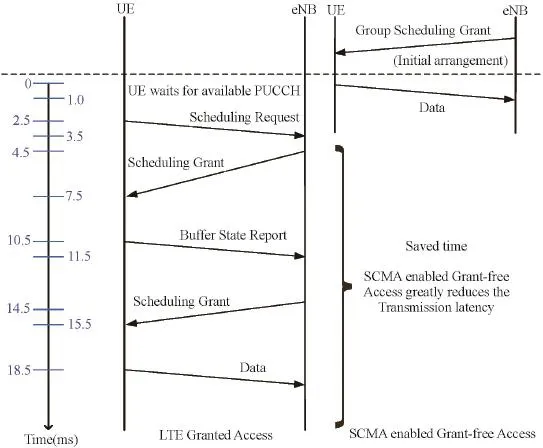
Figure9 TheflowchartforSCMAenabledgrant-freecommunicatons
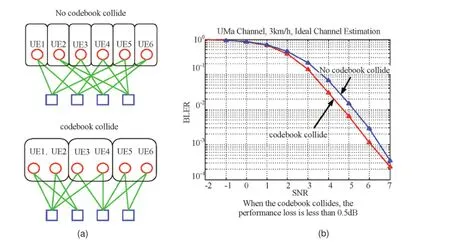
Figure10 Codebookcollideperformance
5 Conclusion
Inthispaper,weintroducedSCMAwhichisapromising multiple access technology for 5G.SCMAis a non-orthogonal sparse codebook-based multiple-access technique with near optimal spectral efficiency and low detection complexity.An SCMAsystem can be overloaded and enablemassiveconnectivity.Furthermore,ablindmulti-us-erreceptiontechniquecanbeappliedtodetectusers’activities and the carried information simultaneously.Therefore, grant-freemultipleaccesscanbesupportedwithlowlatencyandhighreliability.
[1]IMT-2020 5G White Paper.http://www.imt-2020.cn/zh/ doc-uments/listByQuery?currentPage=1&content
[2]NGMN 5G White Paper.https://www.ngmn.org/uploads/ me-dia/NGMN_5G_White_Paper_V1_0.pdf
[3]Huawei 5G white paper.http://www.huawei.com/5gwhitepaper/
[4]H.Nikopour and H.Baligh.Sparse Code Multiple Access.IEEEPIMRC.2013
[5]M.Taherzadeh,H.Nikopour,A.Bayesteh,and H.Baligh. SCMACodebookDesign.IEEEVTC-fall.2014
[6]Kelvin Au,Liqing Zhang.Hosein Nikopour,Eric Yi,Alireza Bayesteh,Usa Vilaipornsawai,Jianglei Ma,Peiying Zhu, Up-link Contention Based SCMAfor 5G RadioAccess.IEEE Gl-obecom5GWorkshop.2014
[7]H.Nikopour,E.Yi,A.Bayesteh,K.Au,M.Hawryluck,H. Baligh,and Jianglei Ma.SCMA for Downlink Multiple Ac-cessof5GWirelessNetworks.IEEEGlobecom.2014
[8]S.Zhang,X.Xu,L.Lu,Y.Wu,G.He,andY.Chen.Sparse Co-deMultipleAccess:AnEnergyEfficientUplinkApproach for5GWirelessSystems.IEEEGlobecom.2014
[9]A.Bayesteh,E.Yi,E.,H.Nikopour,H.Baligh.Blind Detection of SCMA for Uplink Grant-Free Multiple-Access. IS-WCS.2014
[10]Y.Wu,S.Zhang,and Y.Chen.Iterative Multiuser Receiver inSparseCodeMultipleAccessSystems.IEEEICC.2015
[11]F.Kshischang,B.Frey,and H.Loeliger.Factor Graphs and theSum-productAlgorithm.IEEETrans.Inf.Theory,vol.47, no.2,pp.498-519.2.2001
2015-04-25)
*Projectsupportedby:ThispaperispartiallysupportedbytheNationalBasicResearchProgramofChina(973Program2012CB316000) andtheNationalMajorProjectsofChina(2015ZX03002010)

